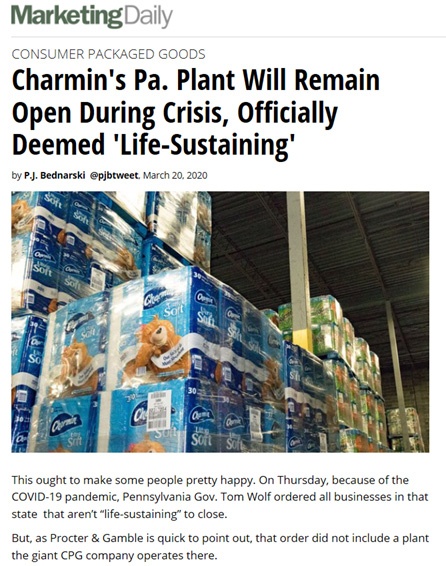The Covid-19 pandemic has disrupted almost all aspects of consumers’ lives and created widespread drops in confidence. The efforts of medical personnel, elected officials and government agencies to tackle the threat have taken center stage in media reporting. But marketers also have a vital role to play both during the pandemic and afterwards. Here are five essential areas of action marketers can take to support consumers during this anxious time and – as quickly as possible – foster an economic recovery afterwards.
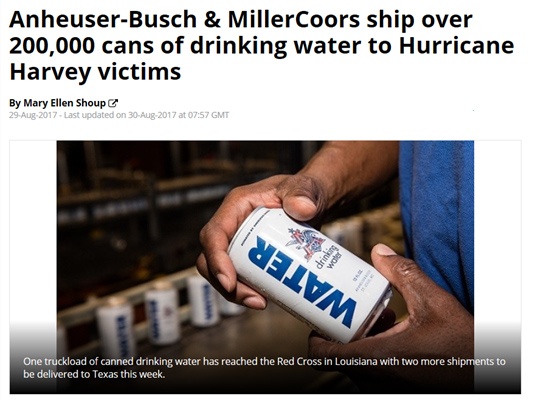
1. Help disseminate valuable, correct information to alleviate fear.
Trust is at the core of brand value. Consumers trust that the performance of branded products and corporate behavior will meet their expectations. In areas of perceived expertise, the brand is viewed as the definitive authority. Therefore, messages and actions taken under the brand name can be used to ease fear and correct misinformation.
An example of this is the distribution of drinking water by major beverage labels during hurricanes and other natural disasters. This eliminates concerns of contaminated water.
Some notable examples of similar opportunities within this pandemic include:
• Major brands joining to bring greater awareness for the most pressing coronavirus messages. The Ad Council, founded by the Association of National Advertisers, is urging brands and agencies to discover the most creative ways to do this. One example is the modification of brand logos to emphasize social distancing.
• Businesses promoting esprit de corps messaging to rally people in this fight and let them know that they are not alone.
• Consumer staple brands providing updates on manufacturing levels/restocking and encouraging consumers to share resources to alleviate hoarding.
|
|
|
• Retailer brands putting limits on purchases and prices of hard to get goods and implementing and communicating safety practices such as social distancing.
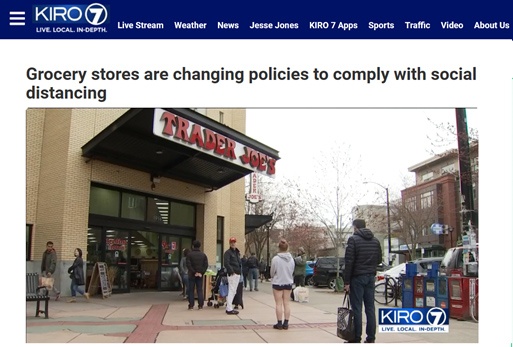
• Medical brands providing information on trials of potential treatments and vaccines.
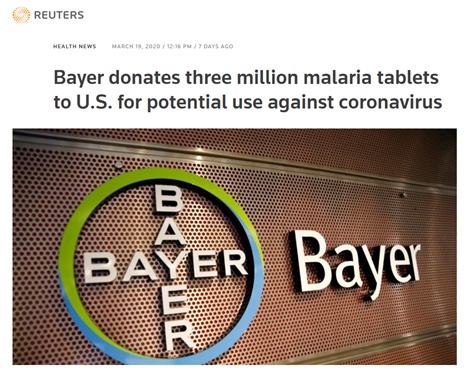
• Corporate brands communicating steps to maintain the safety and economic stability of employees.

• Marketers tweaking offerings to help foster psychologically important islands of normalcy. As psychologists have shown over the years, familiarity breeds comfort. The ability to continue to use one’s favorite brands can provide a calming influence and lift spirits.
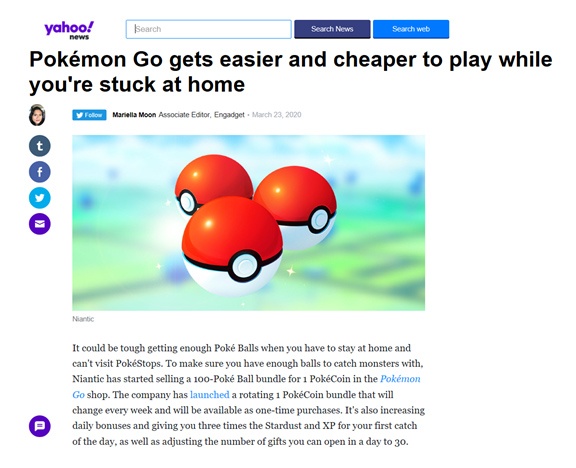
2. Review marketing campaigns to eliminate messages, executional elements, strategies and tone which may be viewed as inappropriate given the pandemic and the uncertainty surrounding it.
While there is a need for islands of normalcy, brands must be very careful not to provide information which contradicts official guidance or appears insensitive to today’s reality. An example of this are ads portraying social gatherings such as parties, concerts and sporting events. These will be met with an immediate backlash and potential erosion of brand strength. This is difficult given the uncertainty in dealing with the pandemic versus other types of disasters. Actions, messages and tone of voice which are appropriate one day may not be so the next.
For example, while humor in an ad may be a welcome relief during early days of stay-at-home orders, it could be poorly received during a time of great death toll. It is possible that the experiences will be different by locale based on the degree those communities are impacted and where they are along the epidemic curve. Marketers need to carefully monitor the conditions and nimbly respond to differences and changes.
Of particular danger are AI, machine learning and other automated systems that draw upon media context to customize an ad. Since these types of systems draw upon a history built during non-emergency times, their recommendations are by default inappropriate to current conditions.
An example of this is an ad we saw served during a news feed. The main news story was about a retailer apologizing for selling N95 respirator masks within their store while shortages were occurring in local medical facilities. Within this content, the following automated ad from a major big box retailer was served (we have concealed brand name to protect retailer):

Imagine the negative response such an ad is eliciting from customers and prospects! These systems require a thorough, immediate reevaluation.
3. Continue advertising to prepare for rebound.
In addition to employees and customers, marketers have a fiduciary responsibility to shareholders. This means ensuring the long-term financial success of the firm. There is evidence that the pandemic has led to a worldwide recession. The historical record of such economic downturns is clear; brands which continue to advertise experience the strongest return during the subsequent economic recovery.
This is often manifested in large displacements in market shares among competing brands. A Marketing Science Institute meta-analysis of seven independent empirical studies [1] found strong and consistent evidence that cutting back on advertising during recessionary times “can hurt sales during and after the recession, without generating any substantial increase in profits. Such cutbacks can result in a loss in capitalization. On the other hand, not cutting back on advertising during a recession could increase sales during and after the recession. Moreover, firms that increased advertising during a recession experienced higher sales, market share or earnings during or after the recession. Most of the studies consistently showed that the strategy adopted for advertising during a recession had effects that persisted for several years after the recession.”
A deeper review of such studies shows that these persistent effects were not trivial. They were game changing for the brands involved:
- 5 point increase in market share among businesses increasing ad spending during recessionary periods [2]
- 5 times increase in market share vs. average of all businesses in post-recession period for those who aggressively increased media expenditures during last recession [3]
- 256% relative sales growth for those businesses which maintained or increased media spend during the 1981/1982 recession over those who did not [4]
To put this in perspective, here is a look at one such case. Throughout the 1980s, Reebok enjoyed extraordinary growth as it dominated the athletic footwear category. But during the 1990 recession, Reebok took a very conservative approach to advertising to cut costs. Smaller competitor Nike in contrast aggressively advertised, implementing a threefold increase in spend. Following the recession, Nike’s profits were nine times greater than before, while Reebok suffered a decrease in profits and loss of market share. [5]
The reason that return on advertising investment is high during times of trial isn’t fully understood. One hypothesis is that the efficiency of the advertising increases due to consumers having a generally higher attentiveness to all messaging as they are primed to seek out helpful information. Another is that competitive marketing spend tends to be reduced during these times so the brand achieves a higher share of category voice for the same spend. A third is that brand advertising itself provides a sense of normalcy which leads to stronger feelings towards the brand; especially being viewed as a “brand for someone like me” because they perceive the brand as having stuck by them during the tribulations. In any case, the research shows that those brands who continue to advertise during troubling times will typically outperform those who don’t.
One thing which is well understood is what happens when a brand which normally advertises suddenly stops – it immediately begins to lose share. The average loss in market share of a brand “going dark” has been estimated at 0.4 points within just the first quarter. [6] This is not commonly understood by CEOs and CFOs, so it is beholden to marketing teams to explain that cutting advertising doesn’t freeze the brand’s position in the market but rather begins an immediate substantial downward trend in demand.
Recessions have also been the times of success for new brand and line extension. As people seek temporary escape, they are open to experimentation. At the same time, companies are motivated to innovate to survive. A poignant example is a listing of American food brands introduced in the 1930s, a time of severe economic depression.
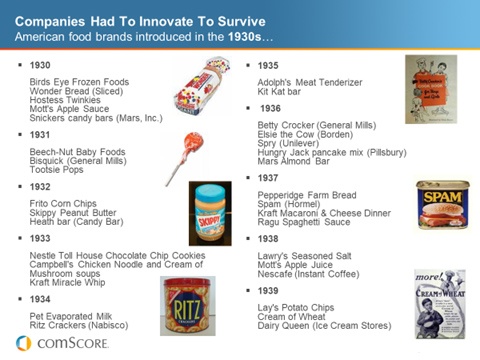
It is also worthwhile to note that the greatest pandemic in modern time, the Spanish Flu of 1918, 1919 and 1920 was followed by one of the greatest decades of economic expansion and prosperity the world has seen. It was during this time that advertising was established as a major industry.
Advertising as a percent of Gross Domestic Product in the United States 1919-2007 [per Douglas Galbi]
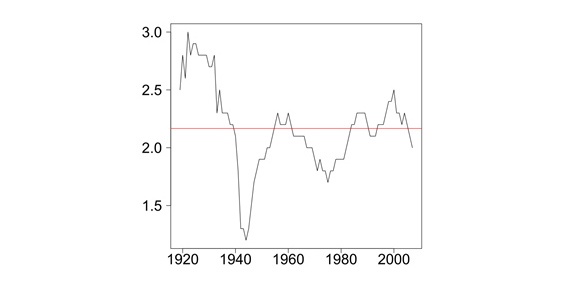
4. Combat supply shortages and the forced trial they create.
One of the emerging stories of the pandemic is that many product categories are in short supply with some even facing out-of-stocks at the store level as consumers stockpile such goods. Prime examples are bathroom tissue and sanitizing cleaning supplies. This is a very real threat for larger brands. When people can’t find their favorite brands, they are essentially forced to substitute competitive offerings – often generics – which are available. This creates a trial opportunity which, if the substituted brand performs well, could lead to a longtime switch in brand preference.
To non-marketers, this danger is masked as financial metrics such as sales, margins and profits look positive. Once the pandemic recedes, category sales will plummet as people slowly draw down the stockpiles they have created. During this time, retailers may even reduce the number of facings and even brands on store shelves within these categories as less inventory is needed on hand.
Brands in these categories need to prepare for what comes next. Actions taken now to shore up brand loyalty, including branding advertising, will pay large dividends. Filling the distribution channels as quickly as possible to minimize forced brand switching would be beneficial, even if this increases operational expenses. This will also help forge stronger ties with retailers.
5. Cultivate alternative channels to engage with customers to avoid blackouts.
Categories such as live entertainment tend to do well in challenging times as people search out experiences that provide a mental escape. An example is the movie box office where drops at the initial stage of a recession are commonly followed by large increases.
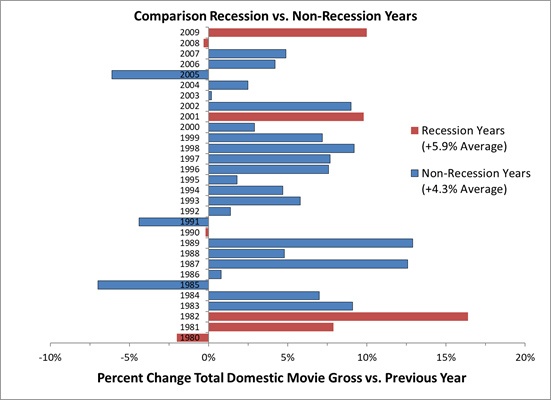
During this pandemic situation, however, the venues which normally benefit (theaters, stadiums, gyms, etc.) are closed. While the desire for communal escapism is high, the ability to use live entertainment events to build communities is greatly diminished. Brands in these categories face the very real danger of a departure of even committed fans to other categories. To avoid this requires cultivating other channels of engagement.
One example is Formula One running a virtual Grand Prix featuring professional drivers. This was distributed via Twitch, Facebook, YouTube, and the Sky Sports channel to hundreds of thousands of viewers.

Another example is movie studios using both old and new technology to bridge the gap. Drive-in theater attendance has exploded and several studios are taking movies early to streaming.
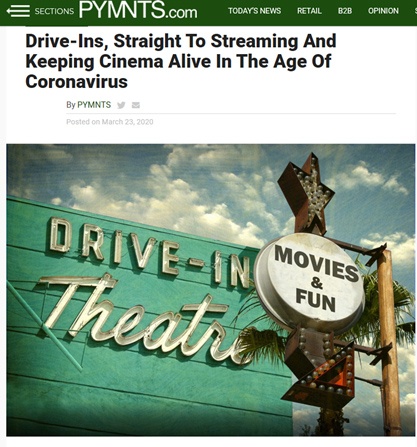
Of course, for digital native brands, there is an opportunity for rapid growth. Online gaming and video streaming usage have expanded by double digits. For these brands the challenge is delivering a glitch-free experience while demand outstrips planned support. The ones which maintain a positive level of satisfaction will create a lead into the future.
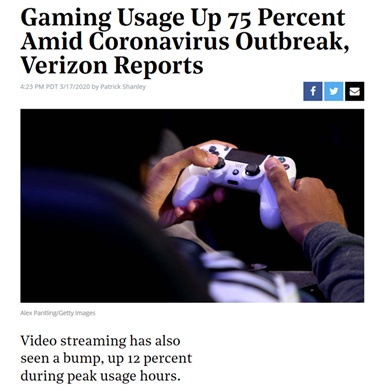
The use of technology like this to overcome social distancing restrictions and defeat feelings of isolation provides a huge boost to the public morale.
Summary
While the pandemic has brought unusual risks to businesses, it has also provided opportunities. Marketers who seize on these opportunities will be able to aid people during these trying times as well as help rebuild the economy, and they will be greatly rewarded for their efforts.
References
[1]Marketing Science Institute (MSI) Special Report 09-205 A Survey of Research on Advertising in a Recession; Gerard J. Tellis and Kethan Tellis
[2] Cahners and SPI, 2002
[3] ARR Report, August 13, 2001
[4] McGraw-Hill research analysis of 600 B2B companies
[5] Isakovich 2009; Lechner, Frank, & Boli 2004
[6] Blair and Kuse, Better Practices in Advertising Can Change a Cost of Doing Business to Wise Investments in the Business; Journal of Advertising Research, 2004
The Author
 Frank Findley is Executive Director of MASB, the Marketing Accountability Standards Board, where he represents the U.S. in the creation of international (ISO) marketing standards. His previous work at ARS group, comScore, and MSW Research resulted in improvements to copytest, tracking, media, and competitive intelligence systems. He is a co-inventor of the patented Outlook media planner. His research has been featured in publications including Forbes, Quirk’s, and Accountable Marketing and at ARF, AMA, ANA, IIR and CASRO conferences. He holds a BS in Physics from Purdue University and a MS in Industrial Administration from the Krannert Graduate School of Management.
Frank Findley is Executive Director of MASB, the Marketing Accountability Standards Board, where he represents the U.S. in the creation of international (ISO) marketing standards. His previous work at ARS group, comScore, and MSW Research resulted in improvements to copytest, tracking, media, and competitive intelligence systems. He is a co-inventor of the patented Outlook media planner. His research has been featured in publications including Forbes, Quirk’s, and Accountable Marketing and at ARF, AMA, ANA, IIR and CASRO conferences. He holds a BS in Physics from Purdue University and a MS in Industrial Administration from the Krannert Graduate School of Management.
Contributors
The author would like to thank Dr. David Stewart of Loyola Marymount University and Douglas Crang of MSW Research for help in identifying studies of marketing effectiveness in economically troubling times.

